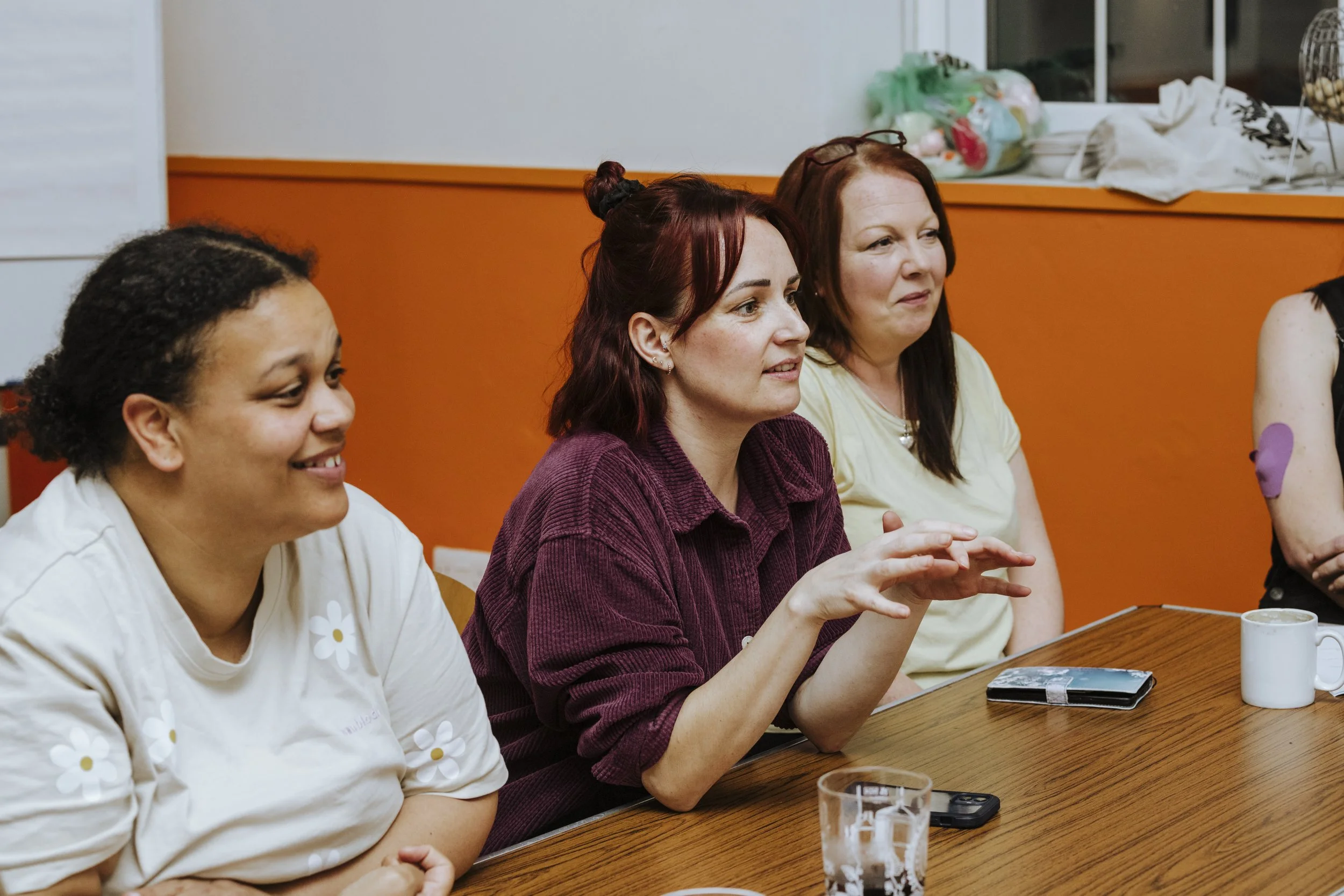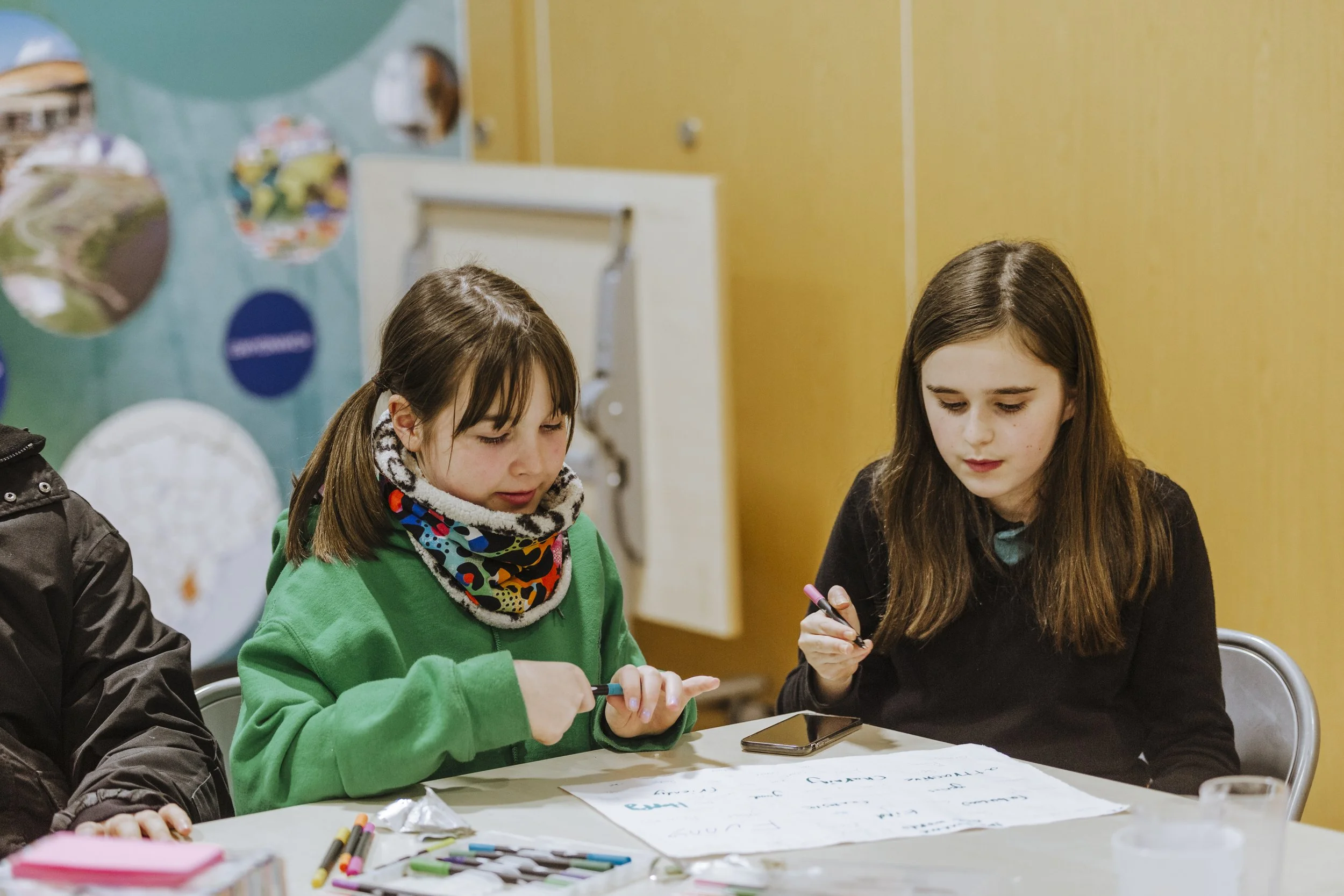“Nothing about me, without me.” Coproduction at the Core.
Coproduction is a way of working where power is shared, people are heard, and decisions are made together, not handed down.
In this blog we explore what meaningful coproduction really looks like. Here are some insights that go beyond buzzwords to address the reality of working with communities.
1. Coproduction is Built on Shared Power and Real Relationships
It’s not enough to invite someone to the table, especially when they’re just trying to get through the day. Coproduction recognises and values lived experience, the expertise of communities, and the skills they bring.
Trust-building is essential, people need to feel safe, seen, and valued.
Relationships matter, between organisations, communities, and individuals.
Active listening and transparency are non-negotiable.
If people feel heard, they’ll invest more, not just in your service, but in the vision behind it.
2. It’s a Culture, Not Just a Model
Coproduction isn’t a one-off activity. It’s a cultural shift, one that acknowledges complexity and embraces collaboration, even when it's messy.
There’s no magic fix.
It takes longer.
It needs patience and a shift away from perfectionism.
It means welcoming feedback, even when it’s hard to hear. It means shaping and delivering something together, not just consulting and carrying on.
3. Communities Are Creative
We keep hearing examples of incredible creativity and resilience in communities. Whether it’s local leaders stepping up, community members facilitating sessions, or grassroots projects making real impact, the skills and energy are already there.
Think of it like a pantomime: it takes a scriptwriter, director, actors, and stage crew. Everyone plays a part.
Get creative with coproduction
Design spaces with people, not for them.
Use technology and interactive tools to open doors — not close them.
4. Coproduction Needs Infrastructure, and Imagination
So, how do we deliver it? There’s no one path, but there are signposts:
Five Areas of Change: from corporate shifts to empowering communities to lead.
Power-shifting: embed peer voices into recruitment, planning, and evaluation.
Reverse mentoring: learn from lived experience, not just qualifications.
Measure success differently – not just outputs, but social value and trust built.
Let’s focus on the why, before we rush to the how and what.
5. This Work is Deep – and Worth It
Complex environments, strained resources, cultural barriers, these are all real. But instead of stepping back, coproduction challenges us to lean in.
It asks us to invest without agenda, and not rush engagement.
It encourages ongoing feedback loops and informal check-ins, not just formal surveys.
It means involving the community in planning, facilitating and evaluating — every step of the way.
In Summary: Keep it Human, Keep it Honest
Real coproduction is:
Honest and open
Dynamic and creative
Future-focused and community-led
Built on small, steady steps, not grand perfection
Let’s stop building responses based on a few voices and start creating platforms where many are heard.
Coproduction isn’t easy, but it’s transformative and worth it.



